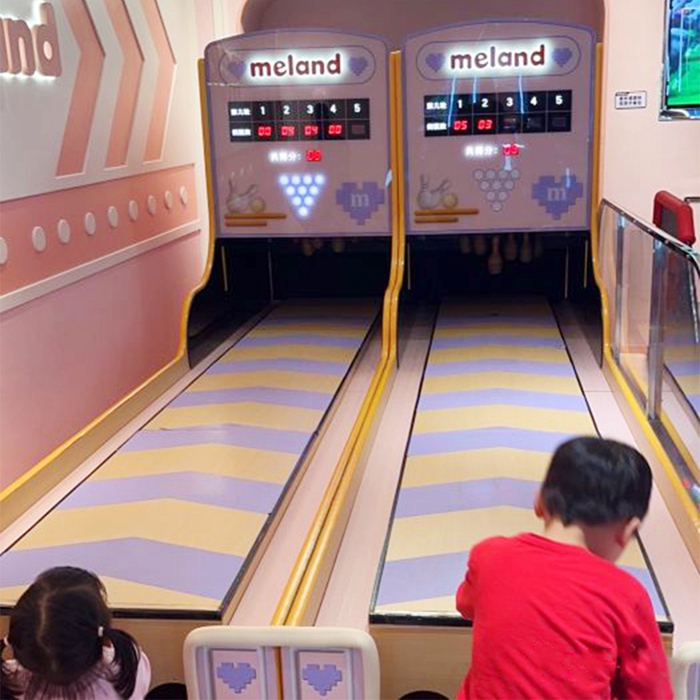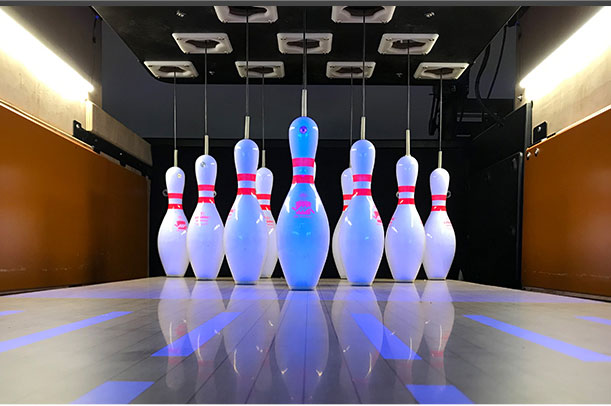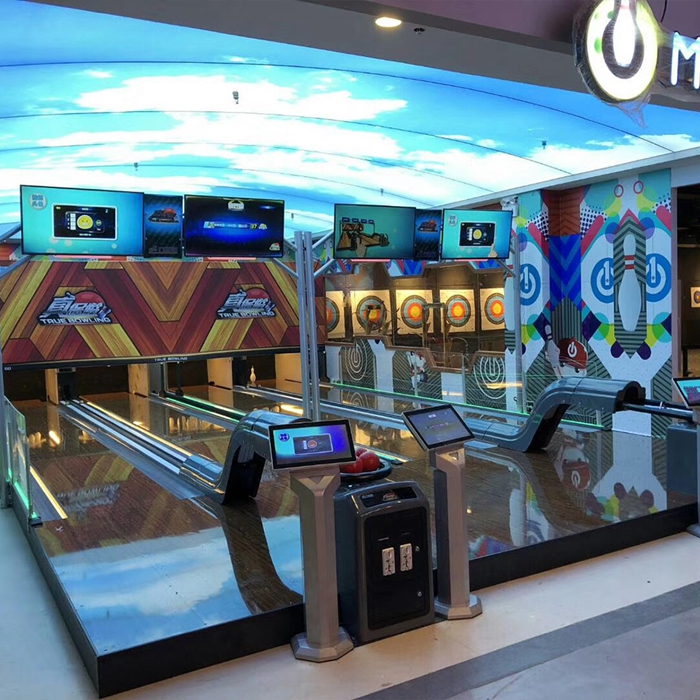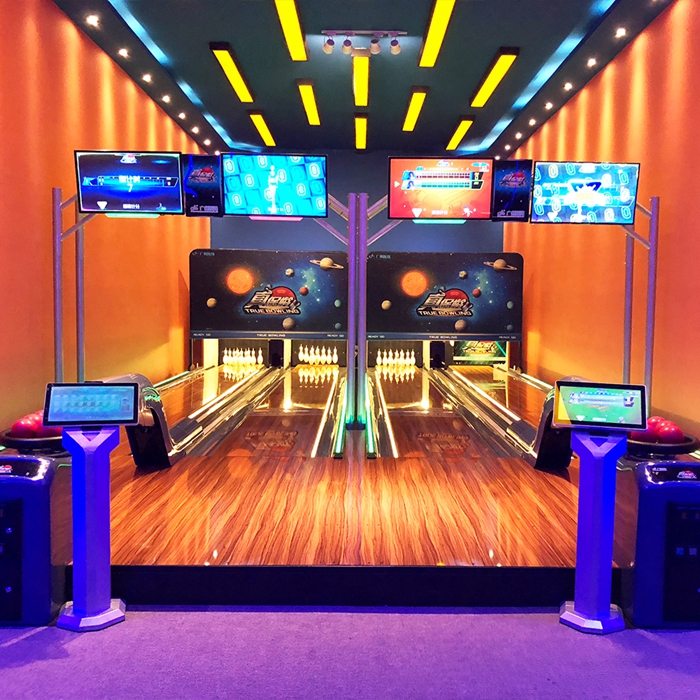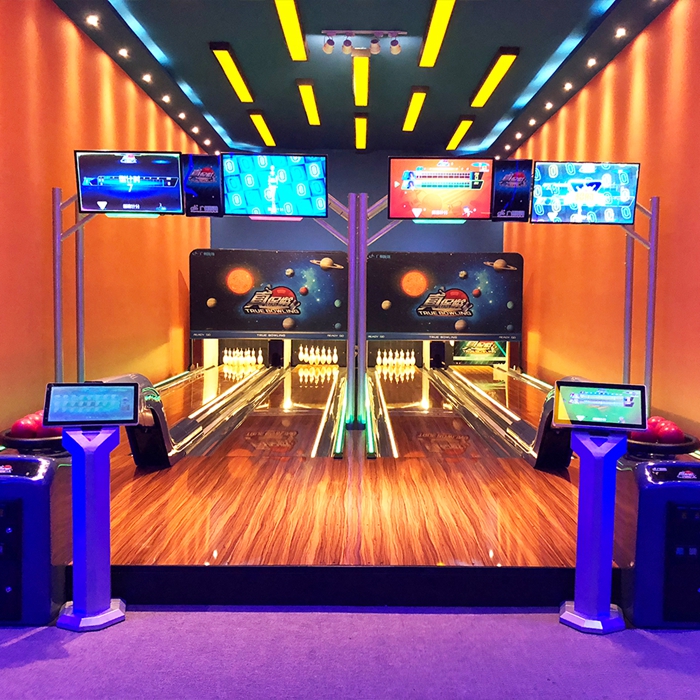Duckpin Bowling Installation by Flying Bowling

Welcome to the future of duckpin bowling, a groundbreaking fusion of cutting-edge technology and the beloved tradition of duckpin bowling. Redefining the game as we know it, our system combines state-of-the-art machinery with precision engineering to take your bowling experience to new heights. With pin-point accuracy and a seamless user interface, Flying Bowling promises a quacktastic adventure for bowlers of all levels.
Duckpin bowlers use a smaller ball with no finger holes and each player is allowed up to three rolls per frame. Duckpin Bowling is simpler and more accessible than traditional bowling. Like bowling, Duckpin Bowling appeals to young and old, boosts food and beverage sales, keeps guests in the venue longer, encourages repeat visits and builds guest loyalty.


